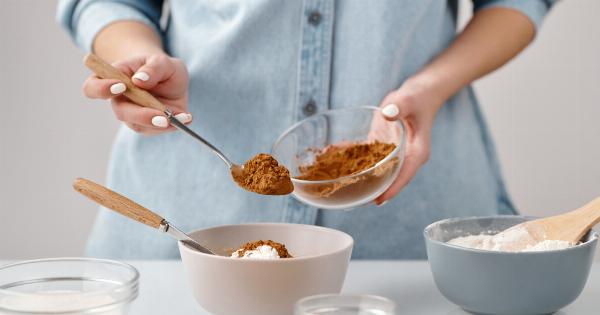Nails are essential tools for many individuals for basic grooming purposes. However, some individuals experience a painful side effect when nails pierce the skin beneath the nails.
This condition is called paronychia, and it can cause discomfort, swelling, redness, and even pus in severe cases. In this article, we will uncover the causes, prevention, and treatment of paronychia.
What is Paronychia?
Paronychia is a skin infection that occurs around the nails. It mainly affects the fingers, and in rare cases, toes may be affected too.
The infection is usually caused by bacteria entering the cuticle and nail folds through a cut or injury around the nail. The bacteria then multiply, causing an infection. Paronychia may cause varying degrees of pain, discomfort, and swelling of the affected area.
Types of Paronychia
There are two types of paronychia: acute and chronic. Acute paronychia occurs suddenly and may last for a few days, whereas chronic paronychia takes longer to develop and persists for months or years.
Causes of Paronychia
There are several causes of paronychia. The primary source is a bacterial infection caused by Staphylococcus aureus or Streptococcus pyogenes. The bacteria can access the nail fold through a break in the skin or a hangnail.
Individuals who frequently immerse their hands in water, have jobs that cause repetitive trauma to the nails, and those with diabetes, irritant dermatitis, or an impaired immune system are at higher risk of developing paronychia.
Symptoms of Paronychia
The signs and symptoms of paronychia vary depending on the severity of the infection. The hallmark signs of acute paronychia are sudden onset of pain, warmth, redness, and swelling around the nail.
The area may throb, and along with these, one may experience tenderness, itching, and even blistering. Advanced symptoms include the formation of pus, which causes severe nail bed destruction. In chronic paronychia, the affected area becomes sore and red, and the nail may appear yellowed, thickened, and crumbly.
Prevention of Paronychia
An individual can prevent paronychia by practicing good nail hygiene. One should avoid picking at the nails or biting them, as this increases the risk of infection.
The cuticles should be gently pushed back instead of being cut or trimmed, as cutting them allows bacteria to enter the nail fold. Frequent hand washing and drying should also be prioritized, and gloves should be worn to protect the hands when handling harsh chemicals or engaging in wet work activities.
Treatment of Paronychia
The treatment of paronychia depends on how severe the condition is and if it is acute or chronic. Mild cases of acute paronychia can be treated at home by soaking the affected area in warm water for 20 minutes at a time, three to four times per day.
The hand should be kept dry and covered with a sterile dressing for the rest of the day. Over-the-counter pain-relieving medication and topical or oral antibiotics may be prescribed by a doctor to ease pain and inflammation and combat the infection.
Chronic paronychia may require more potent antibiotics, steroid creams, and antifungal medications to treat any underlying fungal infection.
When to See a Doctor
If the affected area does not improve after a few days of home treatment, or symptoms become worse, an individual should see a doctor.
Pus drainage, fever, chills, or red streaks may indicate advanced infection, and immediate medical attention is required.
Conclusion
Paronychia is a common, painful condition that can affect anyone. Early identification, proper treatment, and prevention can help reduce the discomfort caused by this condition.
By practicing good nail hygiene, protecting one’s hands during work or activity, and seeking medical attention when required, individuals can overcome and treat paronychia.































